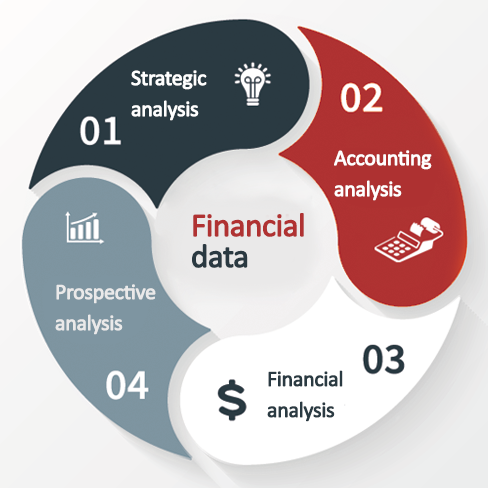August 23, 2018 | 2 min read
"Financial figures contain much more information than you would think. With the help of figures you can influence people's behavior. And consequently that of organizations and our society too." According to Prof. Dr. Jos Blommaert.
Far too often, Blommaert notices that financial figures are seen as technical quantities. "It is often thought: I have calculated something so now I know all about it. But it doesn't work like that. Figures, accounting frameworks and formulae are not a satnav which you can blindly follow. No, they are more like a compass pointing in a particular direction."
In order to be able to assess financial figures properly, you need to correlate them with other issues, such as the organization's strategy and its accounting system. The quality of the figures is also an important factor for consideration. Blommaert: "Where do the figures come from, what choices have been made? The manner in which financial data is processed has a significant influence on the revealed solvency, liquidity, profitability and future cash flow situations. If you are not aware of that, then you will take the wrong decisions."
Taking a critical view of figures
Blommaert uses a four-step model as a tool to help take a critical view of financial figures, taking account of the strategy, the accounting system and quality. 
Diagram: Four-step model and use of financial figures (Blommaert).
Step 1: Strategic analysis
"It starts by asking yourself: what do you really want? What is your strategy? Because that defines how you should view figures", according to Blommaert. "For instance the profit margin of a 'cost leader' may be lower than that of a 'differentiator', without you being able to attach conclusions to it. On the other hand, the stock turnover rate may be higher."
Also, you cannot judge the efficiency and effectiveness of fund raising institutions without involving the strategy and the goal. "A fund raising ratio is higher if the institution itself collects money. And the program spending ratio is lower if the institution itself ensures the adequate commitment of collected funds."
Step 2: Accounting analysis
The accounting analysis establishes how the figures have been arrived at. This is a crucial step, according to Blommaert. "How has the data been processed? Are they based on historical prices or on the actual value? Over what period are tangible fixed assets depreciated? Is purchased goodwill capitalized or amortized in one go? These are all questions requiring an answer in order to assist in the making of proper judgments and decisions."
Step 3: Financial analysis
In the financial analysis, historical data is analyzed. Here, ratios serve to eliminate differences in size with comparisons in time or mutual comparisons. Blommaert: "A well-known example is the current ratio. This helps you to judge whether an organization has sufficient liquidity to pay its debts in the short term. That is important when deciding whether deliveries can be made on account and whether credit may be provided."
Step 4: Prospective analysis: assessing and deciding
The prospective analysis eventually leads to an assessment and a decision. Example: the decision to grant a bonus (step 4) is based on the annual growth in turnover and must be at least 15% (step 3). It is then important to establish how the turnover is achieved (step 2). Is it for instance own turnover or is it consolidated turnover from organizations that have been taken over? Otherwise it is relatively easy to achieve the targets at the end of the year with a number of acquisitions.
Influencing behavior
So a critical, holistic approach to figures is necessary in order to understand what is happening in the financial field and to be able to make a contribution, thinks Blommaert. Dare to look behind the figures and to doubt the correct approach or solution. "If you are successful in that, then with those figures you will be able to read certain human behavior. But what is more: then you will be able to influence people's behavior, and so that of organization too. And after all, that is the greater objective you are aiming at. A small contribution to a better world."
Dr. Jos Blommaert is professor of Financial Accounting at Tilburg University and is currently working at TIAS School for Business and Society.